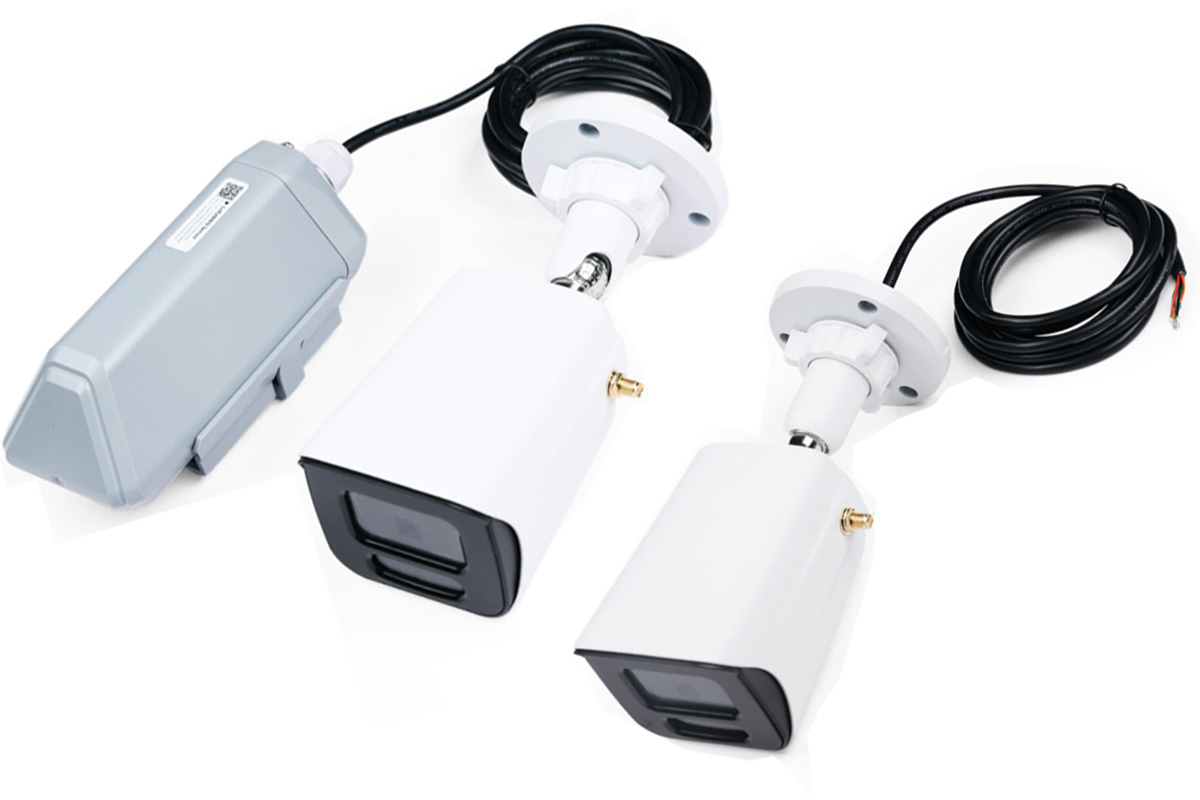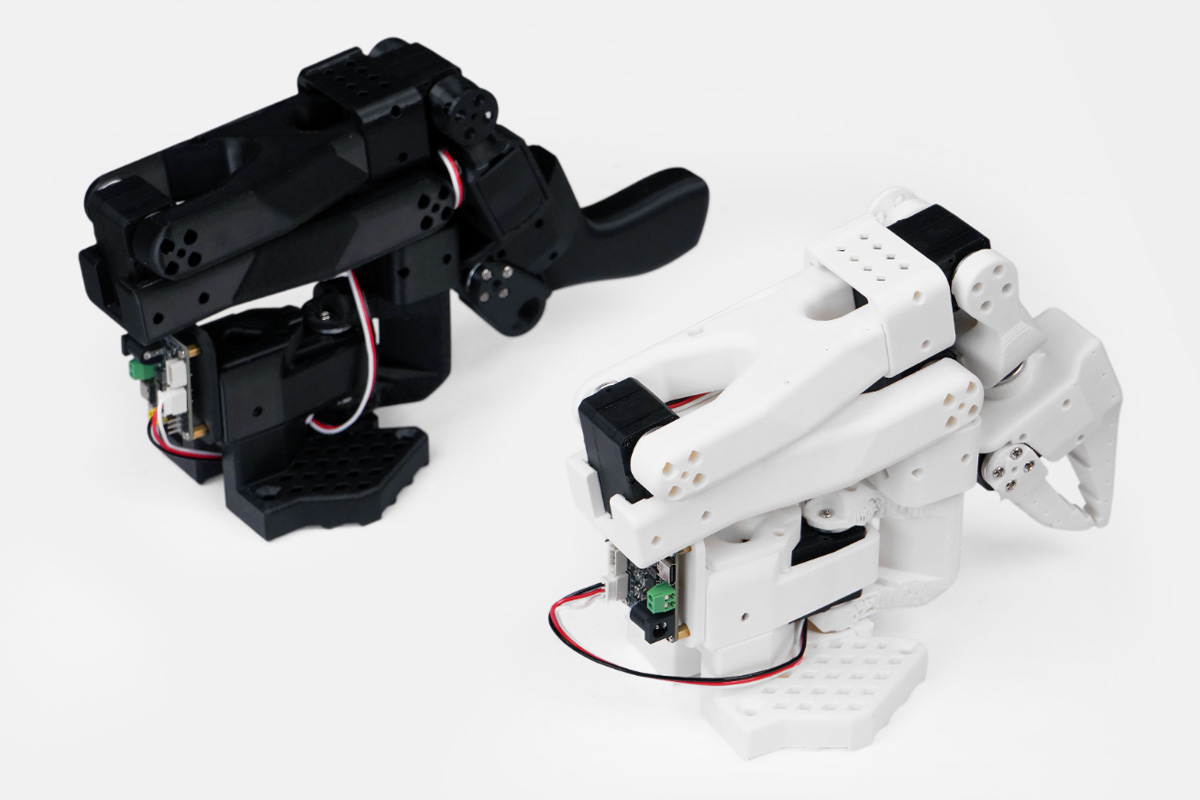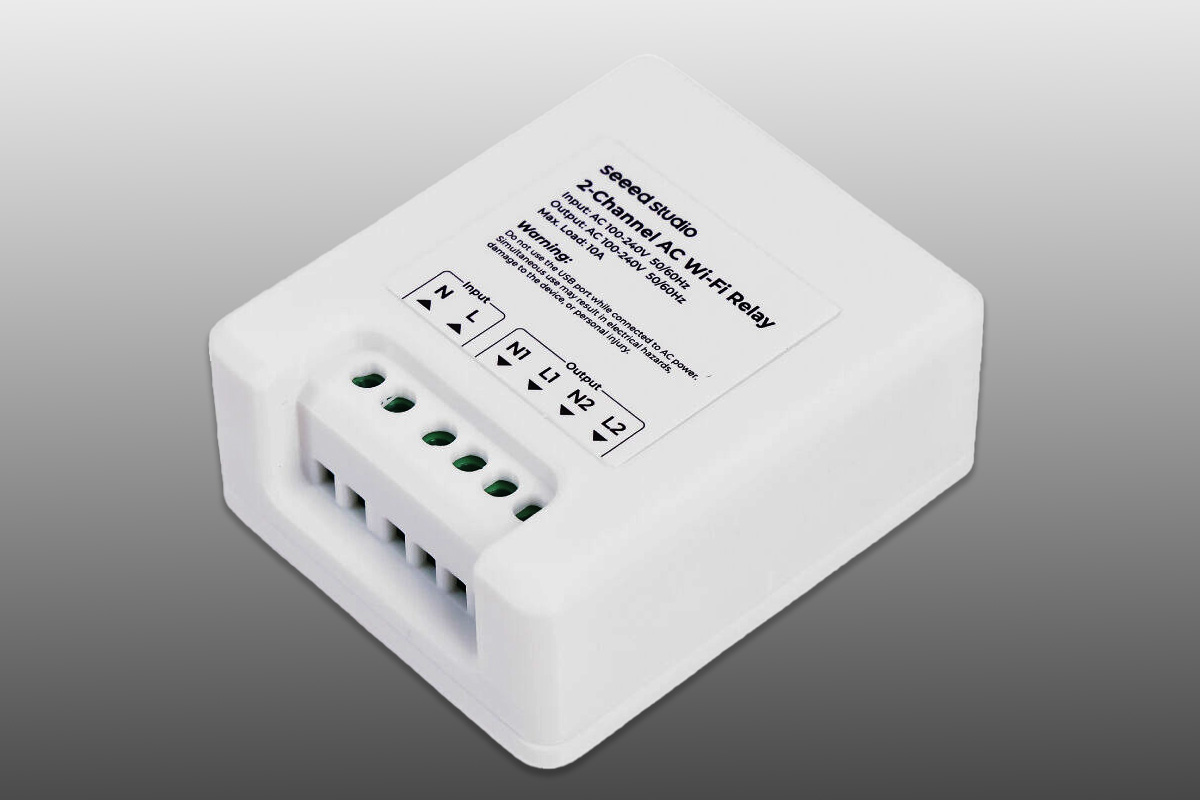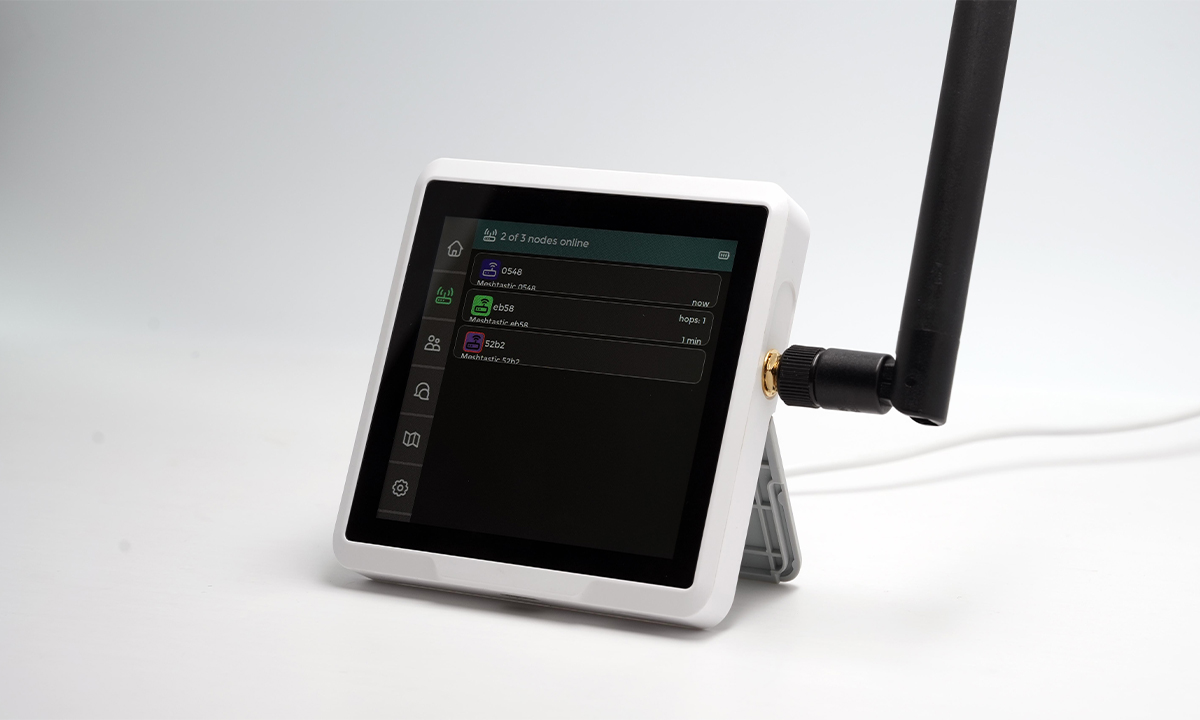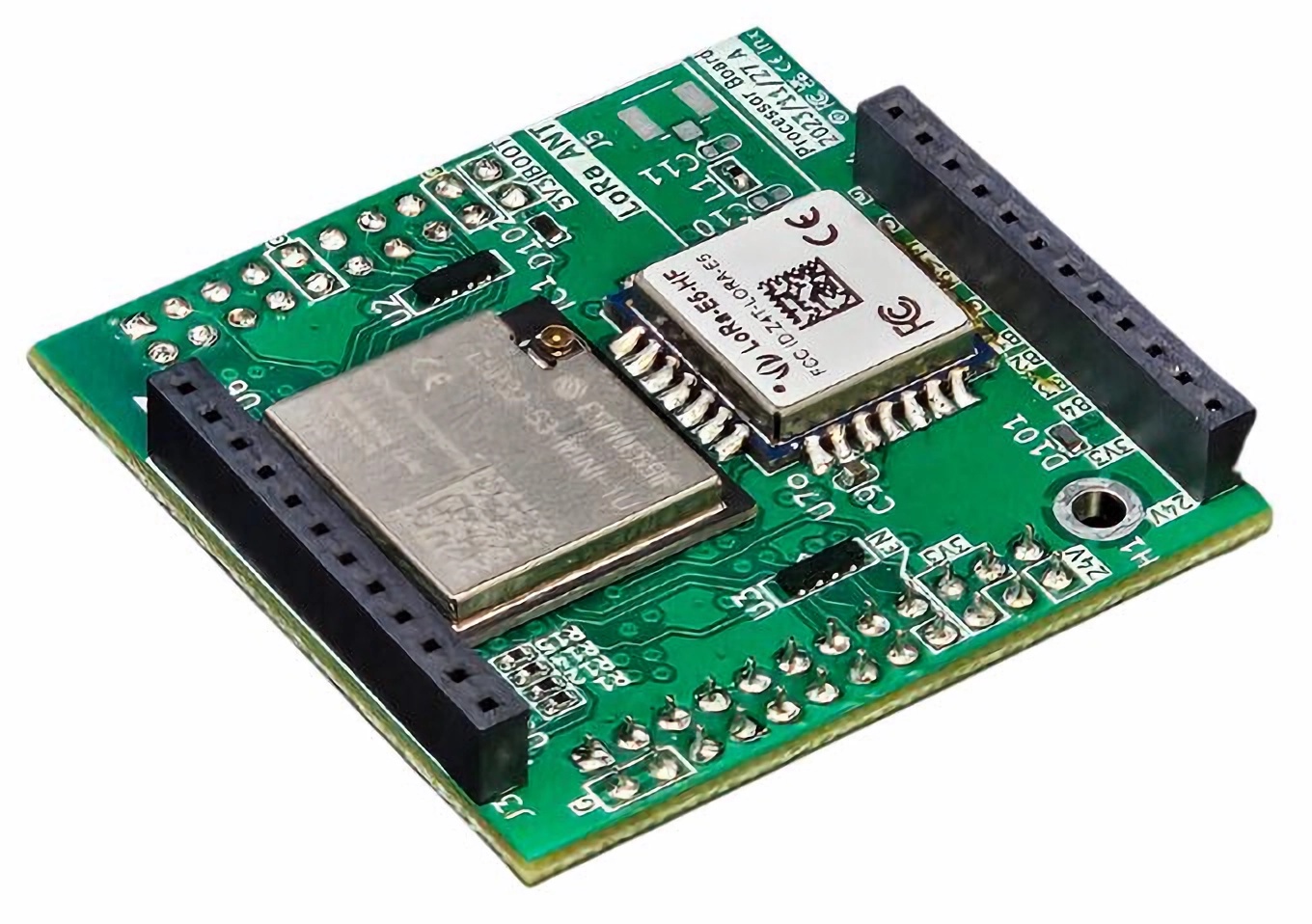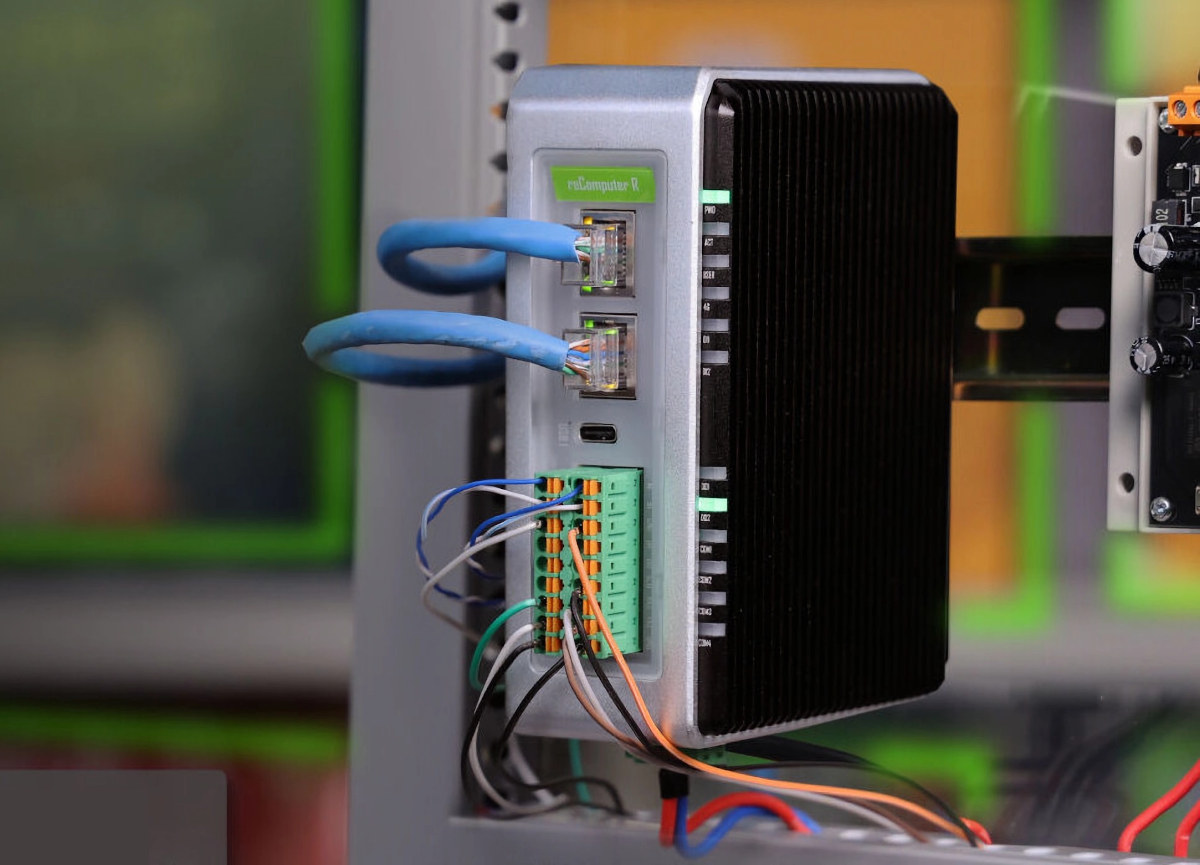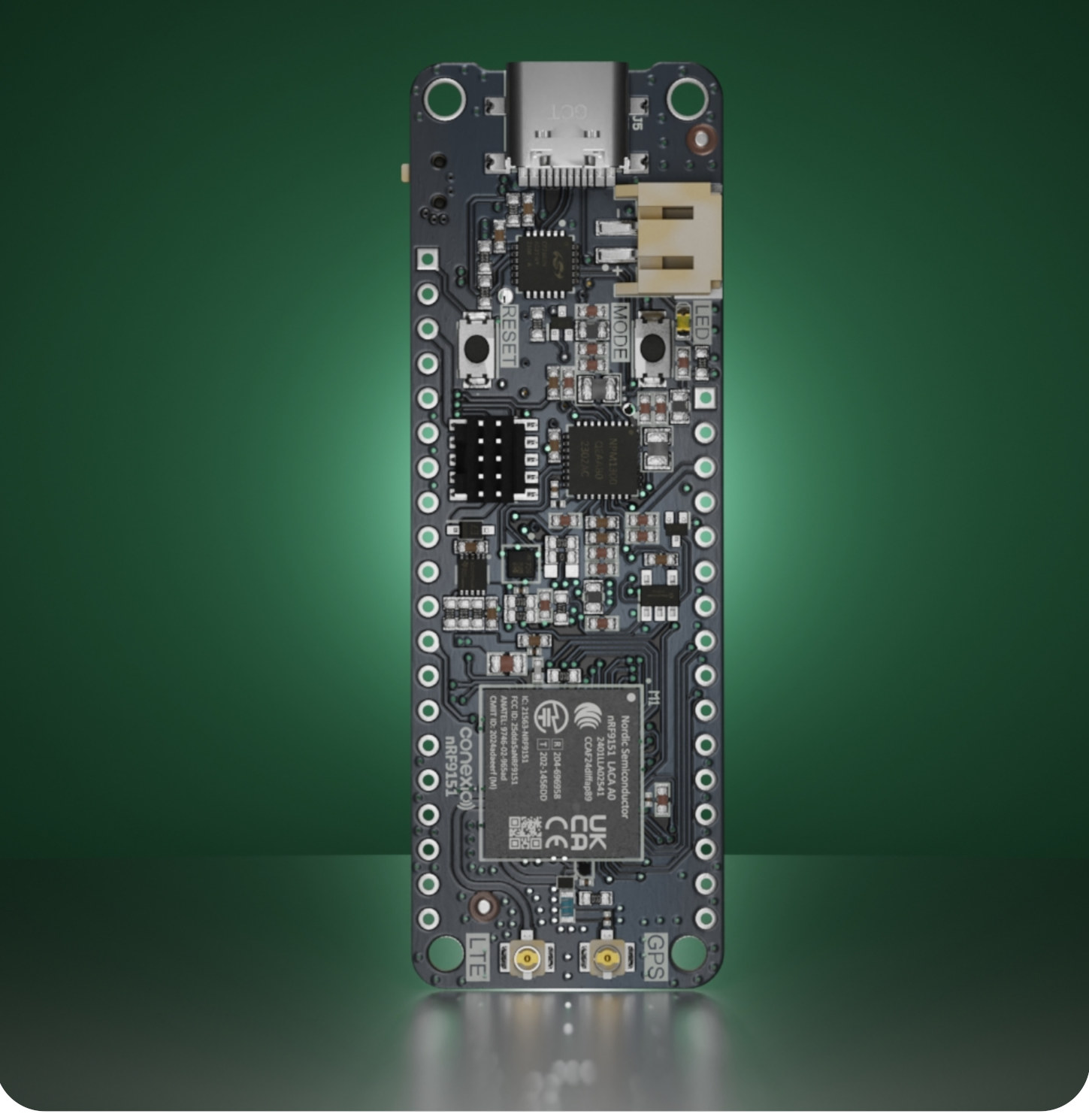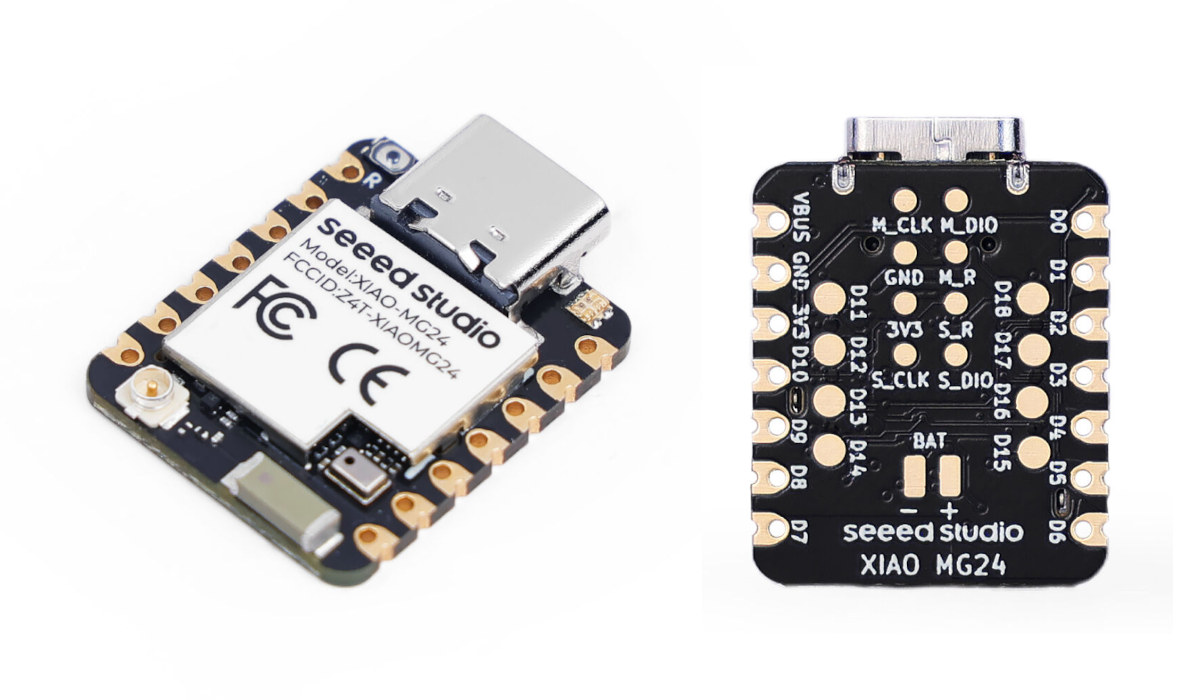Seeed Studio has recently released the Modbus Vision RS485 and SenseCAP A1102 (LoRaWAN) outdoor Edge AI cameras based on ESP32-C3 SoC through the XIAO-ESP32C3 module for WiFi and the Himax WiseEye2 processor for vision AI. Both are IP66-rated AI vision cameras designed for home and industrial applications. The RS485 camera is designed for industrial systems and features a Modbus interface, making it suitable for factory automation and smart buildings. The SenseCAP A1102 uses LoRaWAN for long-range, low-power monitoring in remote locations. Both offer advanced AI for tasks like object detection and facial recognition. Besides its built-in RS485 interface, the Modbus Vision RS485 also supports LoRaWAN and 4G LTE connectivity via external Data Transfer Units (DTUs). With over 300 pre-trained AI models, the camera can do object detection and classification tasks making it suitable for industrial automation, smart agriculture, environmental monitoring, and other AI-driven applications requiring high performance. The SenseCAP A1102 […]
SO-ARM100 is an open-source AI robotic arm kit with LeRobot integration and NVIDIA Jetson support
Seeed Studio has recently started selling the SO-ARM100 AI Robotic Arm kit, a low-cost AI arm designed for real-world robotics applications. This open-source hardware device features a 6-degree-of-freedom design with high-torque STS3215 bus servos, a 12-bit magnetic encoder for precise angle sensing, and UART for communication. The arm comes with motors, driver boards, power adapters, and other 3D-printed parts like arm segments, base, grippers, and motor mounts. Designed to work with the NVIDIA Jetson edge platform, it is ideal for grasping and placing. All these features make this device suitable for education, research, and AI-driven robotics projects. SO-ARM100 AI robotic arm kit specifications Degrees of Freedom (DOF) – 6 Motor control Total servo – 12x STS3215 bus servos Servo torque Arm kit Standard – 19.5 kg.cm @ 7.4V Arm kit pro – 30 kg.cm @ 12V (Pro) Angle Sensor – 12-bit magnetic encoder USB – USB-C for programming and testing […]
ESP32-C3-based 2-channel Wi-Fi AC relay support energy monitoring with Home Assistant
Seeed Studio has recently launched a 2-channel Wi-Fi AC relay built around the XIAO ESP32C3 WiFI and Bluetooth module. The device is a simple WiFi relay module that can control two independent 100-240V AC appliances and is designed to be compatible with both Home Assistant with ESPHome firmware flashed by default. The device also features a built-in BL0942 power meter with a maximum load capacity of 2400W at 240V for real-time and historical energy consumption monitoring. These features make this device suitable for applications such as energy tracking and remote control of appliances. Seeed Studio 2-channel Wi-Fi AC relay specifications: MCU – XIAO ESP32-C3 with ESP32-C3 WiFi 4 and Bluetooth 5.x RISC-V microcontroller, USB-C port Wireless connectivity – 2.4GHz Wi-Fi Relay channels – 2 independent channels Power Input terminals – Neutral (N), Live (L) Input voltage – 100-240V AC, 50/60Hz Output terminals Channel 1: N1 (Neutral), L1 (Live) Channel 2: […]
SenseCAP Indicator – An ESP32-S3 and RP2040-based Meshtastic LoRa device with a 4-inch touchscreen display
The SenseCAP Indicator is a 4-inch capacitive touchscreen device designed for IoT connectivity and Meshtastic applications powered by Espressif Systems ESP32-S3 and Raspberry Pi RP2040 microcontrollers. It supports Wi-Fi (802.11b/g/n) and Bluetooth 5.0 LE connectivity, as well as LoRa using the Semtech SX1262 chip. The device also provides Grove connectors for expansion and a microSD slot supporting up to 32GB. Preloaded with Meshtastic firmware, the SenseCap Indicator is ready to function as a Meshtastic desktop or car node and can be reconfigured into a LoRaWAN Single-Channel Gateway. It features a 3.95-inch RGB touchscreen with 480×480 resolution, which is larger than most other Meshtastic solutions we’ve covered. Previously, we reviewed the SenseCAP Indicator D1Pro, which shares many features with the SenseCAP Indicator. However, the D1Pro integrates tVOC and CO2 sensors, along with an external Grove AHT20 TH sensor for precise temperature and humidity measurements. With real-time air quality monitoring from the […]
LoRaWAN no code ESP32-S3 development platform offers Arduino MKR, MikroBus, FeatherWing, and Grove expansion (Crowdfunding)
Sheffield-based IoT company, inx-systems has developed a programmable LoRaWAN IoT module and a development breakout board that integrates with Arduino MKR, Adafruit FeatherWing, Grove, and mikroBUS shields. The module is powered by an ESP32-S3 microcontroller which comes preloaded with inx’s no-code LoRaWAN software development platform, Lucid. The WAN-4-ALL module has built-in Wi-Fi, Bluetooth, and LoRaWAN connectivity via the ESP32-S3 microcontroller and Seeed Studio Wio-E5 module. This makes the module suitable for short-range, medium-range, and long-range IoT applications such as remote monitoring, home automation, industrial control, and smart agriculture. We have covered other LoRaWAN development platforms such as SB Component’s RAKWireless-based products, Particle’s multi-radio devices, and the UnPhone. The WAN-4-ALL module differentiates itself with the preloaded no-code LoRaWAN development environment and multiple connectivity options. WAN-4-ALL module specifications: SoC – Espressif Systems ESP32-S3 dual-core microcontroller @ 240MHz with Wi-Fi 4, Bluetooth LE 5 LoRaWAN Module – Seeed Studio Wio-E5 Module based on […]
reComputer R1113-10 industrial IoT gateway offers isolated RS485, RS232, DI, DO, and dual Gigabit Ethernet
Seeed Studio has launched the reComputer R1100 series industrial IoT gateway family based on Raspberry Pi CM4. The first model, the reComputer R1113-10, is powered by a Raspberry Pi Compute Module 4 module with 2GB RAM and 8GB eMMC storage. It includes two isolated RS485 ports, two isolated RS232 ports, DI and DO interfaces, and twelve LED indicators. Additional connectivity options include dual Gigabit Ethernet ports, Wi-Fi, Bluetooth 5.0, LoRa, 4G LTE, and Zigbee. The device also features two USB-A 2.0 ports, a USB-C 2.0 port for OS flashing, an HDMI 2.0 output, and a MicroSD card slot. There are many such industrial IoT gateways based on Raspberry Pi CM4 and other SoMs or SoCs on the market, and we covered a bunch including the Compulab IOT-DIN-IMX8PLUS, Digi IX40, Dusun DSGW-380, Cytron IRIV PiControl, and Robustel EG5101 and EG5200, among others, each with their own unique set of features. reComputer […]
Conexio Stratus Pro nRF9151 low-power IoT development kit supports LTE-M/NB-IoT, DECT NR+, GPS, and more
Conexio Stratus Pro nRF9151 is an IoT development kit based on Nordic Semi nRF9151 system-in-package (SiP) with LTE-M/NB-IoT, DECT NR+, and GNSS connectivity designed for battery-powered cellular-connected products such as asset trackers, environmental monitors, smart meters, and industrial automation devices. It’s offered with the “Stratus Pro Expansion Dock” allowing users to add WiFi 6 through an nRF7002 expansion board and various other modules via Grove, Qwiic, MikroBus, and Seeed Studio’s XIAO connectors or sockets. It’s an update to the original Conexio Stratus Pro based on nRF9161 introduced last June with a very similar feature set. Let’s have a deeper look to find out any potential differences between the two versions of the devkit. Conexio Stratus Pro nRF9151 specifications (with changes highlighted in bold or strikethrough): System-in-package – Nordic Semi nRF9151 SiP MCU – Arm Cortex-M33 clocked at 64 MHz with 1 MB Flash pre-programmed MCUBoot bootloader, 256 KB RAM Modem […]
Seeed Studio’s XIAO MG24 and XIAO MG24 Sense boards target battery-powered Matter and BLE applications
Seeed Studio has added two members to its XIAO family of tiny MCU boards with the XIAO MG24 and XIAO MG24 Sense boards based on Silicon Labs EFR32MG24 multi-protocol wireless SoC and designed for battery-powered Matter over Thread and Bluetooth LE 5.3 applications. Both 21×17.8 mm USB-C boards feature a 78MHz Silabs MG24 Cortex-M33 microcontroller with 256kB SRAM and 1536KB flash, an additional 4MB SPI flash on-board, and 22 pins and pads for GPIO pins, analog inputs, and power signals, plus a reset button and two LEDs. The “Sense” model adds an analog microphone and a 6-axis IMU sensor. XIAO MG24/MG24 Sense specifications: SoC – Silicon Labs EFR32MG24 (EFR32MG24B220F1536IM48-B) MCU cores Arm Cortex-M33 @ 78.0 MHz with DSP instruction and floating-point unit for user application Arm Cortex-M0+ core for wireless Memory – 256 KB RAM Storage – 1536 KB flash Wireless protocols – Matter, OpenThread, Zigbee, Bluetooth Low Energy 5.3, […]


